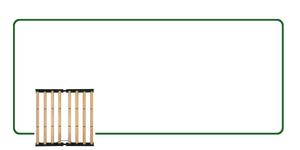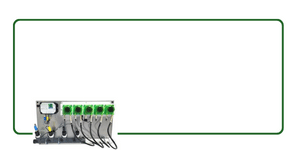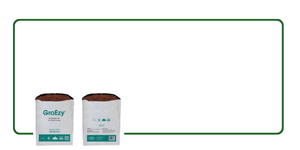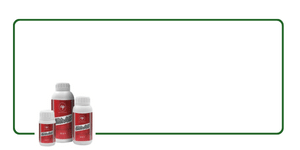Apogee's newest, cutting-edge ePAR sensor was created in 2021 as an upgrade to our ePFD sensor and designed to measure the newly defined 400 -750 nm ePAR radiation range that research has shown to be photosynthetically active, beyond the traditional 400-700 nm range. The SQ-618-SS ePAR sensor outputs a digital signal using Modbus RTU protocol over RS-232 or RS-485. The sensor features a rugged, aluminum housing that is fully-submersible and built to withstand harsh conditions, and high-quality cable terminating in pre-tinned pigtail leads for easy connection to dataloggers and controllers. The sensor cable includes an IP68 marine-grade stainless-steel cable connector to simplify sensor removal and replacement from permanent installations for maintenance and calibration. Typical applications of ePAR sensors include measuring total ePAR intensity over plant canopies in all growing environments, monitoring and adjusting grow lights, and researching plant morphogenic activity and photobiology. Many next generation LED fixtures, the sun, and other light sources emit these newly confirmed UV and Far-red photosynthetic wavelengths, but they have not been measurable by traditional 400-700 nm PAR meters until now.
| Specifications | |
|---|---|
| Power Supply | 5.5 to 24 V DC |
| Spectral Range | 400 to 750 nm ± 5 nm |
| Operating Environment | -40 to 70 C, 0 to 100 % relative humidity |
| Dimension | 30.5 mm diameter, 37 mm height |
| Mass | 140 g |
Apogee's newest, cutting-edge ePAR sensor was created in 2021 as an upgrade to our ePFD sensor and designed to measure the newly defined 400 -750 nm ePAR radiation range that research has shown to be photosynthetically active, beyond the traditional 400-700 nm range. The SQ-618-SS ePAR sensor outputs a digital signal using Modbus RTU protocol over RS-232 or RS-485. The sensor features a rugged, aluminum housing that is fully-submersible and built to withstand harsh conditions, and high-quality cable terminating in pre-tinned pigtail leads for easy connection to dataloggers and controllers. The sensor cable includes an IP68 marine-grade stainless-steel cable connector to simplify sensor removal and replacement from permanent installations for maintenance and calibration. Typical applications of ePAR sensors include measuring total ePAR intensity over plant canopies in all growing environments, monitoring and adjusting grow lights, and researching plant morphogenic activity and photobiology. Many next generation LED fixtures, the sun, and other light sources emit these newly confirmed UV and Far-red photosynthetic wavelengths, but they have not been measurable by traditional 400-700 nm PAR meters until now.
| Specifications | |
|---|---|
| Power Supply | 5.5 to 24 V DC |
| Spectral Range | 400 to 750 nm ± 5 nm |
| Operating Environment | -40 to 70 C, 0 to 100 % relative humidity |
| Dimension | 30.5 mm diameter, 37 mm height |
| Mass | 140 g |




















